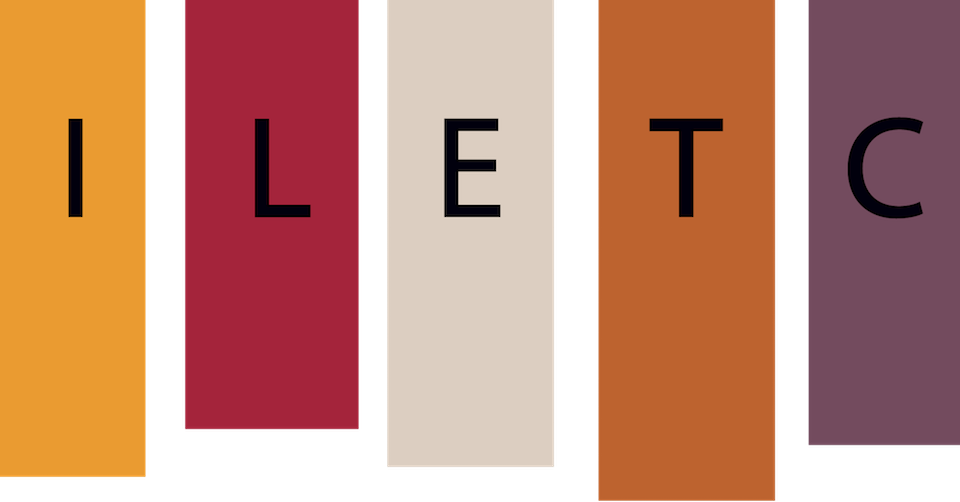Contents
Criteria
The following tables reproduce the ACTFL descriptors for Advanced and Superior writing proficiency. Use them to understand what an Advanced writer can do and what this writer needs to master to become a Superior writer. We recommend you explore the complete publication of the ACTFL Guidelines 2012, available on the ACTFL site as well as the ACTFL Performance Descriptors for Language Learners.
Find here a simplified rendition of the descriptors organized by the four assessment criteria: Functions, Context/Content, Accuracy/Comprehensibility, and Text Type. This table and the profiles that follow are designed to assist in identifying strengths and weaknesses of writers in support of specific pedagogical approaches and interventions. Always keep in mind that proficiency is global, and all criteria develop interdependently—a writer moves to a higher proficiency level only by mastering all criteria (i.e., demonstrating the evidence to sustain all criteria across the topics and tasks of the level all the time).
-explains complex matters
-presents and supports opinions by developing cogent arguments and hypotheses
-able to treat issues abstractly
-informal and some formal topics and contexts
-most kinds of formal and informal correspondence
-control of major time frames of past, present, and future
-control of the most frequently used structures and generic vocabulary
-understood by those unaccustomed to the writing of non-natives
-effective use of structure, lexicon, and writing protocols
-high degree of control of grammar and syntax
-high degree of control of spelling or symbol production, of cohesive devices, and of punctuation
-precise and varied vocabulary
-no pattern of error
General Considerations
While considering the profiles that follow, keep in mind that
- proficiency is global, and all criteria develop interdependently—a writer moves to a higher proficiency level only by mastering all criteria (i.e., demonstrating the evidence to sustain all criteria across the topics and tasks of the level all the time).
- While the elements of proficiency cannot be taught or learned discretely, an understanding of the strengths and weaknesses of learners in discrete domains allows instructors to use strengths to scaffold and develop targeted activities to address specific weaknesses.
- Moving from one sublevel to the next may be a lengthy process; one semester might not be enough to observe such advancement, and as such, instructors and learners must set realistic expectations for both short term and long term growth.
- Levels (with the exception of Superior) are divided in sublevels: Low (minimal performance at level), Mid (quantity and quality at level), and High (showing ability at the next major level, but unable to sustain it). The strengths and needs of learners at the different sublevels are diverse; and it follows that writers at the High sub-level attempting the functions of the next major level will show less breakdown than their Low and Mid counterparts. These writers might require less time to move to the next major level than their Low and Mid peers. Differentiated instruction—using, for example, an increasing complexity of writing prompts—is essential for a curriculum that is aligned with realistic and equitable goals for growth.
Mandarin Chinese
What are the strengths and weaknesses of Advanced heritage Mandarin Chinese writers when they attempt Superior level functions?
– signs of breakdown when attempting to explain complex matters in detail
-unable to treat issues abstractly
-unable to present and support opinions by developing cogent arguments and hypotheses
-lack of precise vocabulary
-problems with accuracy in linguistic features and orthography
-lack of appropriate connective devices
-reliance on the style of oral discourse
Korean
-signs of breakdown when treating issues abstractly
-signs of breakdown when presenting and supporting opinions by developing cogent arguments and hypotheses
-robust vocabulary
-strong control of grammar
-no interference from English
Spanish
-breakdown when attempting description on topics of general interest
-breakdown when presenting and supporting opinions by developing cogent arguments and hypotheses
-lack of precise vocabulary
-problems with structural control
Moving from Advanced to Superior: Implications for instruction
Note: For a more extensive discussion see Gatti, A. and O’Neill, T. (Forthcoming), Writing Proficiency Profiles of Heritage Learners of Chinese, Korean, and Spanish.
For all issues: Input is the key to linguistic development. Improvement of all of the identified issues will require rich input at the Superior level. Selecting the appropriate input activities is key for the success of all pedagogical strategies in the context of linguistic development.
Issue: Lack of control of the Superior level-functions
Pedagogical strategies: Combine explicit instruction (i.e. how to structure presentation and support of opinions, the difference between concrete and abstract treatment of issues), with a wealth of examples (input). For practice, start with using Superior level functions on contexts/content that are familiar to your learners, and once they are comfortable using the functions in these contexts, proceed to the formal sphere. In preparation for this more demanding task, the formal contexts should be introduced beforehand through input.
Issue: Inconsistency in error type and frequency (as expected as part of a developmental process)
Pedagogical strategies: Expose learners to input.
Issue: Mechanical errors (e.g., norms for spelling, punctuation, and diacritic/accent marks)
Pedagogical strategies: Teach writers to use the electronic tools available to them (spellcheck, grammar check), and help them learn to discern when these tools are helpful and how to assess the validity of their suggestions.
Issue: Inability to produce Superior-level text type, which consists of extended discourse.
Pedagogical strategies: Some level of explicit instruction will help writers understand the difference between different text types (e.g., skeletal paragraph, paragraph, extended discourse). To practice, provide a paragraph for writers to flesh out into extended discourse. Beyond this, the ability to produce extended discourse relies heavily on full development of the other criteria, as well as nuanced knowledge of the subject matter of the writing task. We hypothesize that a massive amount of targeted input (and time) will be required for writers to move successfully from producing paragraphs to producing extended discourse.



